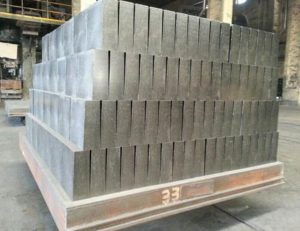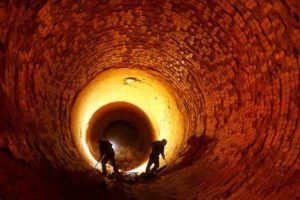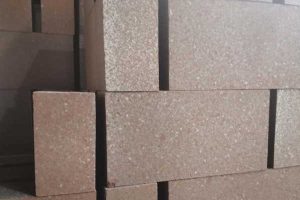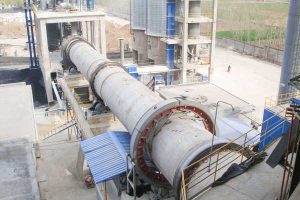What Is Magnesium Sand?
Magnesia sand classification, from the point of view of the production process of magnesia sand, is mainly divided into two kinds: one is electrofusion magnesia sand, and the other is sintered magnesia sand.
Electrofusion magnesium sand is made of high-quality magnesite as raw material by melting and crystallizing in an electric arc furnace. Sintered magnesium sand is mainly coal or natural gas as the main fuel, the magnesite calcined by 1550 ~ 1800 ℃ and gets.
These two kinds of magnesium sand have their advantages, electrofusion magnesium sand has high purity grain size, the product of small pores, high density, and slag resistance performance, but the production cost is high. Sintered magnesium sand relative to electrofusion magnesium sand, grain size, large pores, and low density, but its production cost is relatively low.
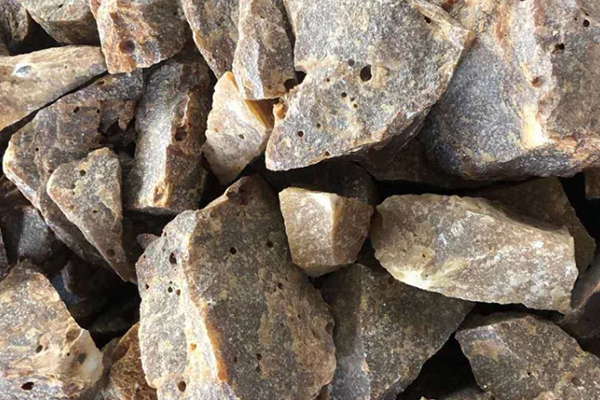
According To The Actual Use Of Raw Materials, More Suitable For The Production Of Magnesium Carbon Brick Magnesia Generally Have The Following Kinds:
01. Large Crystallization Electrofusion Magnesium Sand
Large crystallization electrofusion magnesium sand is mainly used in the magnesium oxide content of 91% -92% of high purity light burnt magnesium, through the electric arc furnace melting, heat preservation, and made.
The appearance of the product is generally white and transparent, with different content of impurities, some slightly off-white or light yellow, with high purity, large crystalline particles, high density, good resistance to slag, and strong stability against thermal shock.
It is an important raw material used to make high-temperature electrical insulation materials, but also the production of high-grade magnesium bricks, magnesium carbon bricks, and other high-grade refractory materials important raw materials. It is also widely used in the metallurgical industry, chemical industry, national defense research, aerospace, and aviation.
02. Ordinary Electrofused Magnesia
Ordinary electrofusion magnesium sand enterprise referred to as electrofusion magnesium sand, which is mainly selected more than 47% content of magnesite, through the electric arc furnace melting, heat preservation, and making.
Electrofusion sand magnesium grain, high density, low porosity, and slag resistance is good, relative to the large crystalline electrofusion magnesium sand grain is much smaller, slag resistance is also a little worse.
Commonly used to do high-temperature electrical insulation materials, but also the production of high-grade magnesium bricks, magnesium carbon bricks, and other high-grade refractory materials main raw materials. Its main use is used in refractory materials.
03. High Purity Magnesium Sand (High-Purity Ball)
High-purity magnesia is selected from magnesite with high purity, firstly after light burning, then finely ground and pressed into a ball, calcined by ultra-high temperature vertical kiln, which is the main raw material for producing magnesium brick, magnesium carbon brick, casting products, and various kinds of unshaped refractory materials.
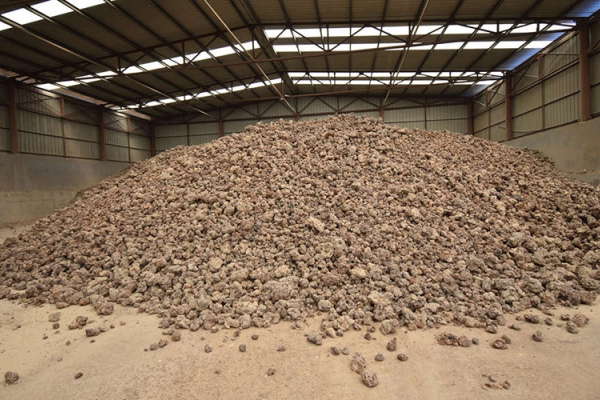
Comparison And Contrast Of Several Kinds Of Magnesium Sand
Suitable for the production of magnesium carbon brick magnesium sand are the above several kinds. Among them, the magnesium content of large crystallization magnesium sand is generally above 97%, the magnesium content of ordinary electrofusion magnesium sand is generally above 96%, and the magnesium content of high purity magnesium sand is generally above 96.5% so that the magnesium sand can be used for the production of magnesium carbon bricks. Magnesium and taste and then reduce the product quality problems easily caused by the choice of magnesium sand are not the same as the product quality is also very different.
Selection of magnesium sand when the magnesium oxide content is only a factor. The density of magnesium sand is also an extremely important factor.
Electrofused magnesium sand in the production process under the same premise, the theory should be the higher the magnesium oxide content, the smaller the pores, and the higher the density. However, driven by economic interests, some cases are not so, so we must pay attention to the selection of magnesium sand. In addition to the magnesium oxide content, but also look at the density of magnesium sand, especially for the purchase of granular material manufacturers is particularly important.
Fuel cost is one of the most important costs for the production of magnesia.
Whether it is electrofusion magnesium sand or sintered magnesium sand is so, so now many manufacturers are to reduce production costs, greatly reducing the time of electrofusion and sintering, to reduce energy consumption. In this way, the band has brought a lot of negative effects, the most prominent performance is the existence of raw material undercooking. For magnesium sand, undercooking in magnesium sand grain size, density does not meet the standard, after crushing fine powder.
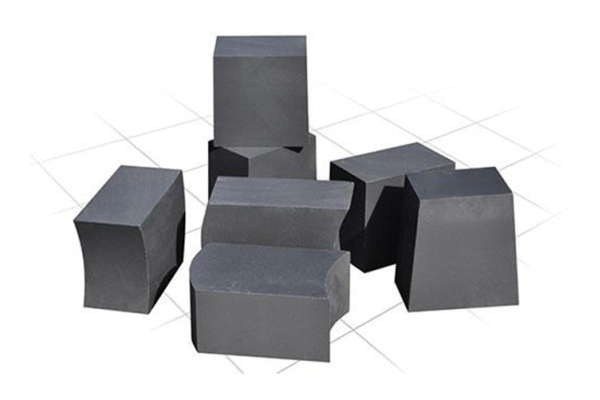
When magnesium carbon bricks just appeared, most of the foreign production of magnesium carbon bricks are sintered magnesium sand, but after research people found that magnesium sand and graphite at high temperatures have the following reaction:
MgO(s)+C(s)=Mg(g)+CO(g)
It has been shown that from 1600°C this reaction begins to take place, and the rate of reaction accelerates with increasing temperature.
This process is one of the important reasons for graphite oxidation and magnesium carbon brick loss, the destruction of magnesium carbon brick is firstly under the action of various oxides in the slag and O2, CO2, etc. in the environment, so that the graphite of the working surface is oxidized and forms a loose decarburized layer. Then the molten slag penetrates the loose decarburization layer and magnesium sand reaction to generate low fused material to make the magnesium carbon brick strength becomes low and thus accelerate the destruction. Magnesia contains impurities such as SiO2, Fe2O3, etc. can accelerate the whole reaction process, so we choose magnesia when we hope that the lower the impurities the better.
Electrofused magnesium sand compared with sintered magnesium sand, has a large grain size, good density, low porosity, and strong resistance to slag, especially large crystallization of magnesium sand is better.
In addition the higher the magnesium oxide content, the lower the corresponding harmful impurity quality. Especially silica, the lower the content of silica, the less silicate low-melting material generated in the product at high temperatures, the less low-melting material, the lower the probability of reaction with graphite, and the performance of the product will be better. The larger the grain, the higher the degree of direct bonding of the product, the less liquid phase at the grain boundary, avoiding slag erosion of the product from the liquid phase at the grain boundary.
So with the development of magnesium carbon bricks, to improve the performance of the product, the production of magnesium carbon bricks began to favor the use of electrofused magnesium sand. However, due to the high density of electrofused magnesia, low porosity, and poor wettability of the binding agent. And sintered magnesium sand can make up for this problem, so sometimes also use fused magnesium sand and sintered magnesium sand with the use. Due to the poor market conditions in recent years, sintered magnesium sand occupies an increasing share in the production of magnesium carbon bricks.
According to the results of magnesium carbon bricks used in steel mills, the relatively good effect of field use of magnesium carbon bricks is generally produced with magnesium sand with high magnesium oxide content, high density, large crystalline particles, and high calcium-silicon ratio.

